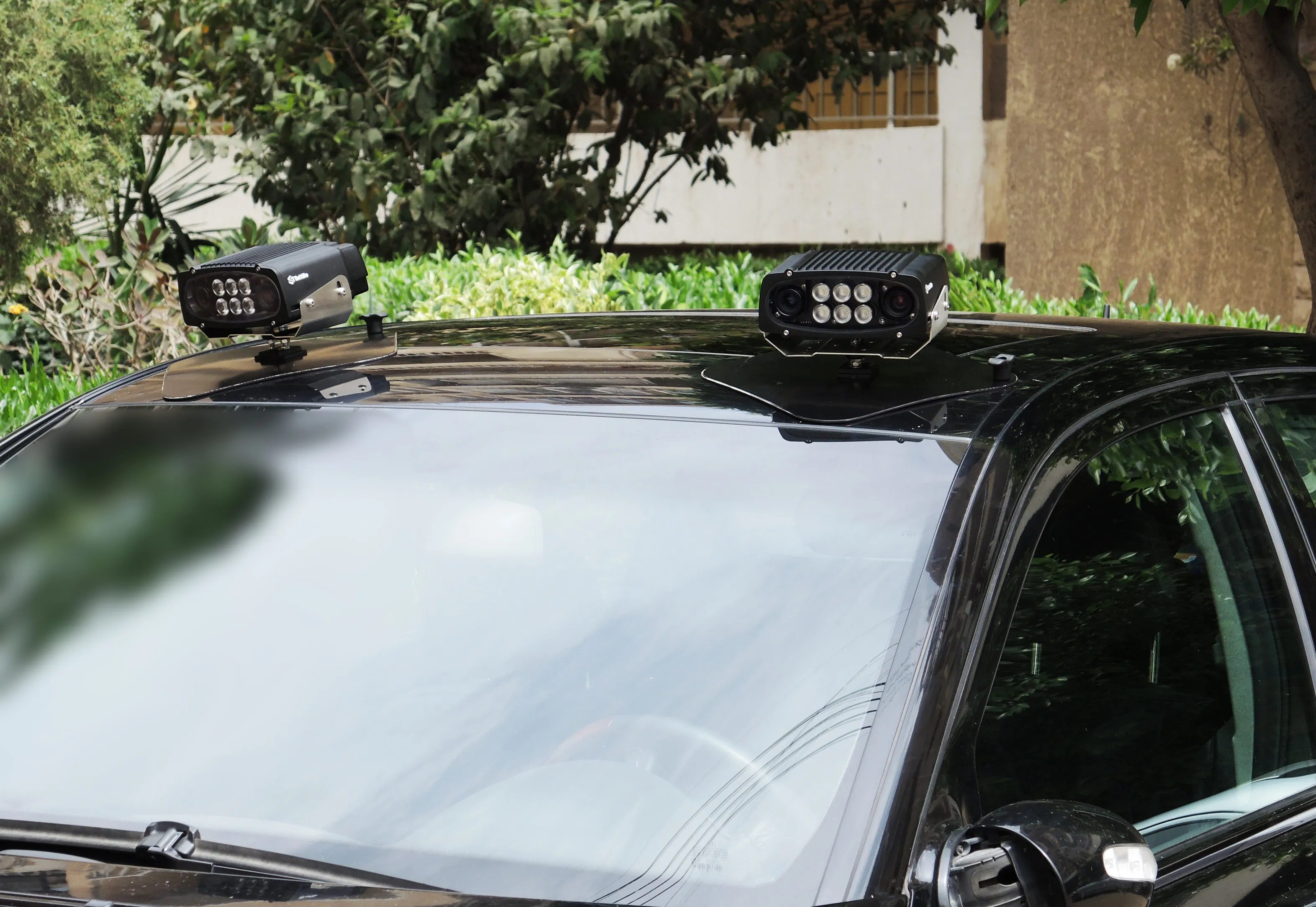
The business parking solution provides slimline terminals with touch-screen intercom connecting a visitor to a specific company within a large office or central business district using the public network.
Companies are able to independently manage and control a certain number of parking spaces that have been assigned to them. Access control within the rest of the building is achieved using the same terminals.
Employees or registered visitors enter and leave the facility based on Automated Number Plate Recognition (ANPR).
The use of ANPR on all lanes makes it possible to connect to pre-booking reservation platforms and so offers the possibility of generating income during low-occupancy periods such as evenings or weekends.









